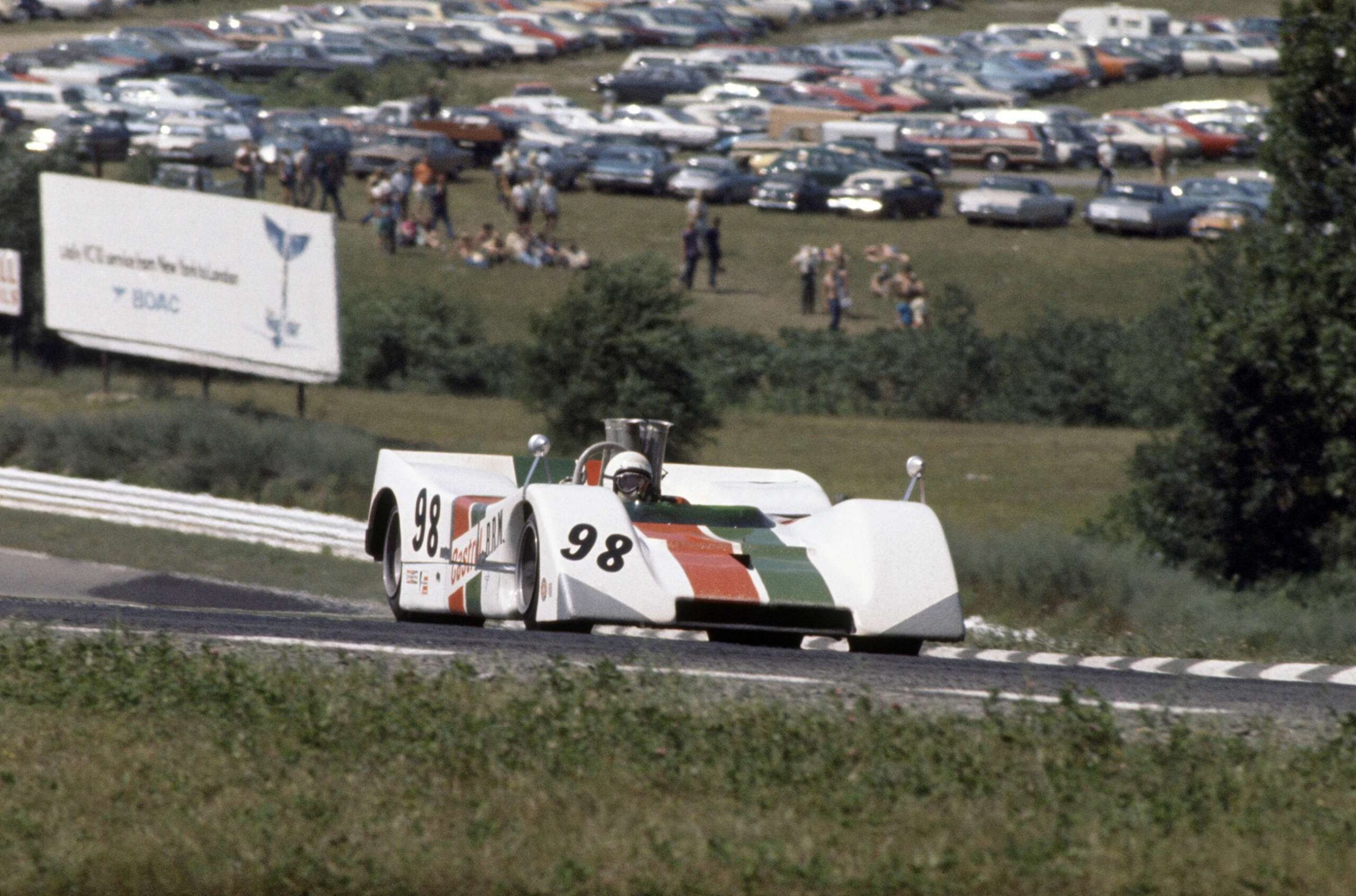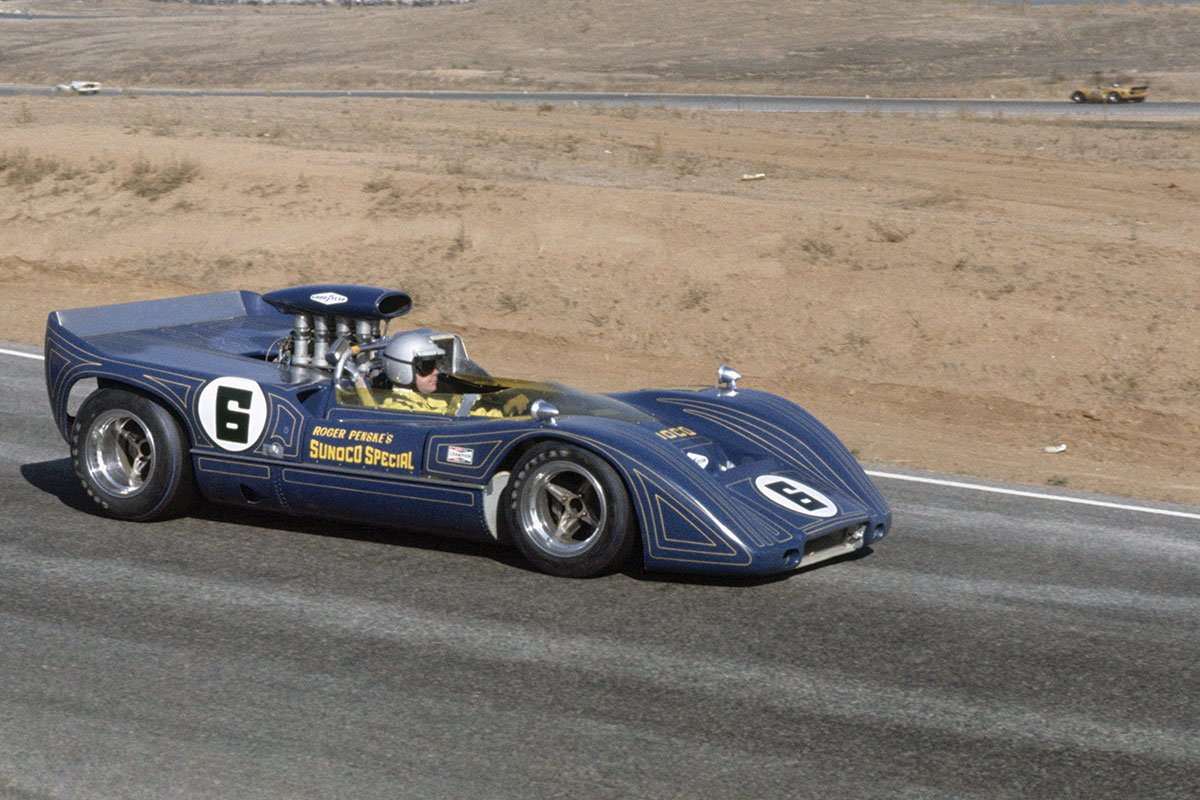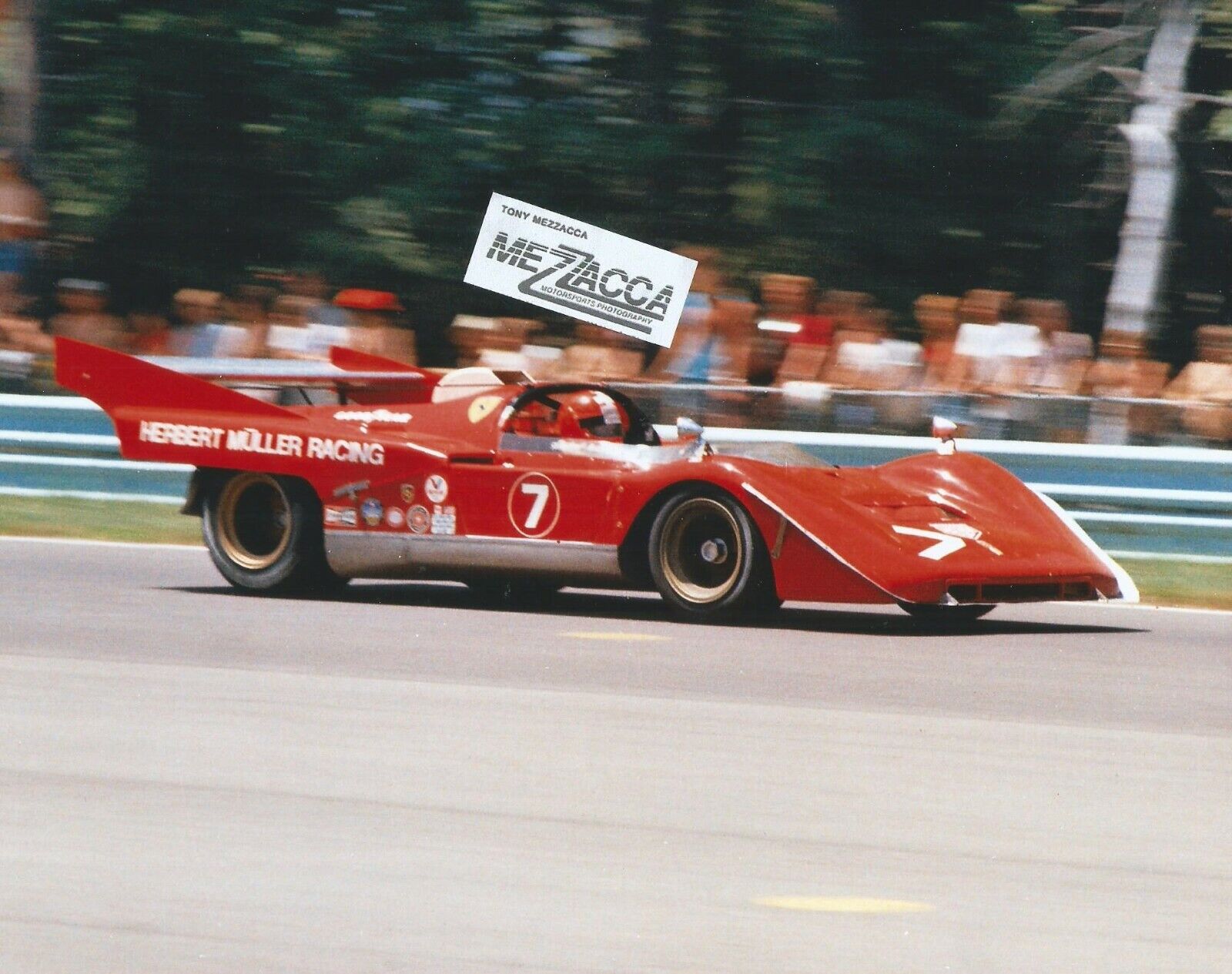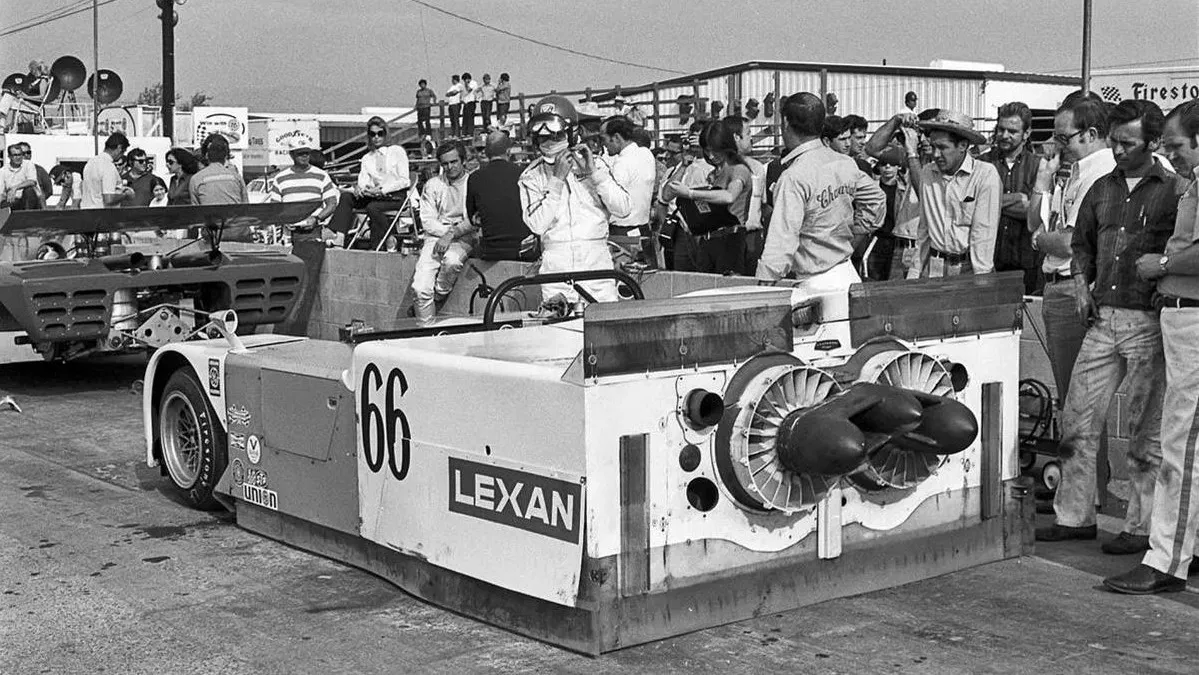FIA Group 7

About this group
Discover the history
FIA Group 7, established in 1966, was a set of regulations for automobile racing that initially focused on two-seater racing cars and later expanded to include formula-style open-wheelers. This category allowed manufacturers to create vehicles with minimal restrictions, fostering innovation and leading to the development of some of the most iconic and powerful racing cars of the era.
Overview of FIA Group 7 Regulations
The original Group 7 regulations mandated that cars be two-seater competition vehicles built exclusively for speed races on closed circuits. The specifications included requirements for fenders, windshields, two seats, two doors, headlights, taillights, roll bars, a dual braking system, a self-starter, and the use of commercial gasoline. Notably, there was no minimum production requirement for homologation, allowing manufacturers to produce unique, low-volume racing cars without the constraints of mass production.
In 1976, the FIA redefined Group 7 to encompass international formula racing cars, including Formula 1, Formula 2, and Formula 3, effectively merging the two-seater racing cars and formula racing cars under a single category.
Technical Specifications and Evolution
Group 7 cars were characterized by their open-wheel, open-cockpit design, featuring minimal bodywork to reduce weight and enhance aerodynamics. The regulations permitted the use of large-displacement engines, often exceeding 7 liters, enabling manufacturers to achieve exceptional power outputs. This freedom led to the creation of vehicles with innovative designs and engineering solutions, including advanced aerodynamics, lightweight materials, and powerful engines.
The lack of stringent regulations on engine size, weight, and aerodynamics resulted in a diverse range of vehicles, from the lightweight and nimble to the heavy and powerful. This diversity fostered intense competition and technological innovation, as manufacturers sought to gain an edge over their rivals.




Impact on Motorsport
Group 7 had a significant influence on various racing series worldwide. In North America, the Can-Am series, running from 1966 to 1974, was open to Group 7 cars, leading to some of the most thrilling and innovative racing of the era. In Europe, the Interserie series adopted a Formula Libre format, allowing Group 7 cars to compete alongside other types of racing vehicles.
The unrestricted nature of Group 7 racing attracted numerous manufacturers, including McLaren, Porsche, Lola, Chaparral, Ferrari, BRM, Shadow, Nissan, Toyota, and Isuzu. Engines from big-block Chevrolet and Ford were commonly used, contributing to the high power outputs characteristic of these vehicles.
Transition and Legacy
By 1976, the FIA redefined Group 7 to include international formula racing cars, effectively ending the era of the original Group 7 two-seater racing cars. The legacy of Group 7, however, lives on in the technological advancements and design philosophies it introduced, influencing the development of future racing categories and vehicles.
Notable Group 7 Cars
Throughout its history, several cars have stood out in Group 7 racing. Here are eight of the most significant models:
- McLaren M6A. Introduced in 1967, the M6A was McLaren’s first purpose-built Can-Am car, featuring a lightweight design and a Chevrolet V8 engine, setting the stage for McLaren’s dominance in the series.
- Chaparral 2J. Known for its innovative fan system, the Chaparral 2J, introduced in 1970, generated additional downforce, allowing it to outperform competitors in various conditions.
- Porsche 917. Debuting in 1969, the Porsche 917 was a revolutionary car with a powerful engine and aerodynamic design, achieving significant success in endurance racing.
- Lola T70. Introduced in 1965, the Lola T70 was a versatile and successful car in both Can-Am and endurance racing, known for its speed and reliability.
- McLaren M8D. A dominant force in the early 1970s, the McLaren M8D featured a powerful engine and advanced aerodynamics, securing multiple championships.
- Ferrari 512S. Competing in the late 1960s, the Ferrari 512S was a formidable opponent in endurance racing, known for its speed and engineering excellence.
- Shadow DN4. Introduced in 1974, the Shadow DN4 was a successful car in the Can-Am series, known for its innovative design and competitive performance.
- BRM P154. Competing in the early 1970s, the BRM P154 was known for its unique design and was a notable entry in the Can-Am series.




